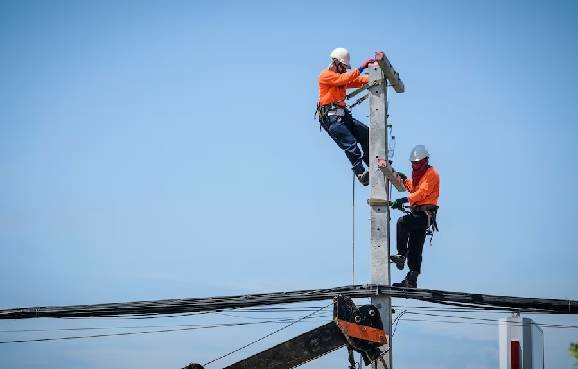Essential Checklist for Compliance in Working at Heights Safety Protocols
In industries where employees are required to work at heights, ensuring compliance with safety regulations is paramount. Failing to adhere to these regulations not only endangers workers but can also lead to significant legal and financial repercussions for businesses.
The Importance of Compliance
Compliance with working at heights safety protocols is a critical component of workplace safety management. It minimizes risks, protects employees from accidents, and aligns your organization with legal requirements. This guide provides a step-by-step compliance checklist tailored for businesses.
Step-by-Step Compliance Checklist
1. Conduct Risk Assessments
- Evaluate the work environment for potential hazards associated with working at heights.
- Identify specific risks linked to the tasks involved.
- Document findings and ensure that mitigation measures are put in place.
2. Verify Proper Training and Certification
- Ensure employees have completed a certified Working at Heights training course.
- Check that personnel hold valid Working at Heights certification.
- Utilize resources like Working at Heights Course Online to keep skills updated.
3. PPE Checks
- Inspect personal protective equipment (PPE) regularly for wear and tear.
- Ensure that all PPE, including harnesses and helmets, meets industry standards.
- Train employees on the correct usage of PPE to enhance safety.
4. Develop and Document Safety Procedures
- Create clear, written procedures for tasks requiring work at heights.
- Ensure employees are familiar with these procedures and conduct safety drills.
- Document all training sessions and drills for compliance records.
5. Ensure Equipment Safety
- Regularly inspect all equipment used for working at heights, such as ladders, scaffolding, and lifts.
- Implement a maintenance schedule to address repairs and replacements.
- Ensure that all equipment complies with safety regulations and standards.
6. Compliance with Regulatory Documentation
- Stay updated with local and national regulations regarding working at heights.
- Maintain records of risk assessments, training certifications, and safety checklists.
- Review documentation periodically and ensure that it is accessible to all employees.
7. Conduct Regular Safety Audits
- Schedule routine audits to ensure ongoing compliance with safety measures.
- Address deficiencies immediately and document corrective actions taken.
- Engage employees in safety discussions to promote awareness and participation.
Best Practices for Enhancing Safety
Enhancing safety protocols isn’t just about compliance; it’s about fostering a culture of safety within your workplace. Here are a few best practices:
- Actively involve employees in safety management.
- Provide refresher courses on Working at Heights safety regularly.
- Promote health and safety as a shared responsibility across the organization.
Conclusion
By implementing this compliance checklist and promoting a proactive safety culture, businesses can significantly reduce the risk of accidents-related working at heights. For more information or to enroll in Working at Heights Training, contact us at [email protected]. Your commitment to safety not only protects employees but also strengthens your organization's reputation and compliance status.



 349,500 Offered Certificates
349,500 Offered Certificates
 24/7 Online Training
24/7 Online Training
 Money Back Guarantee
Money Back Guarantee
 Fully Accredited Courses
Fully Accredited Courses
